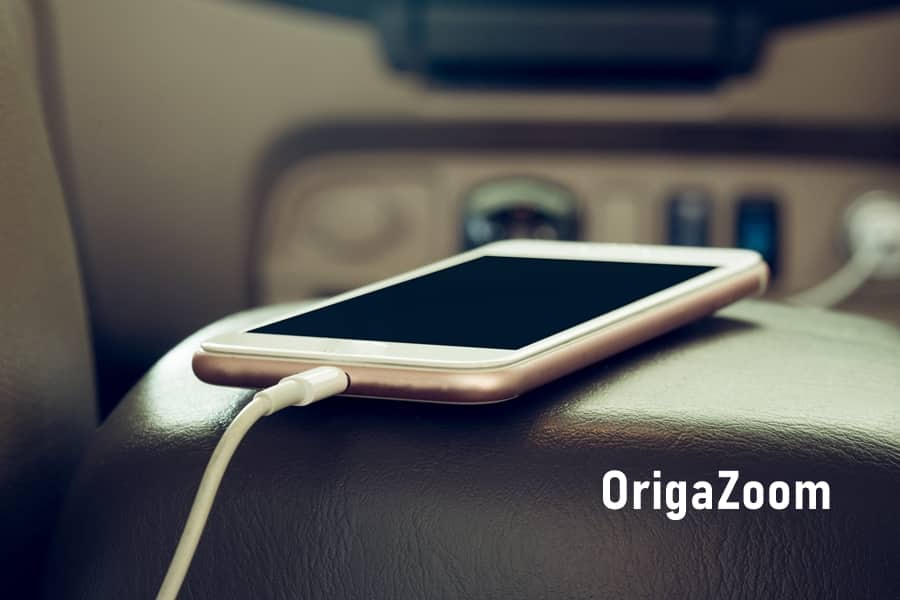Good afternoon friends. My article today is for beginner wildlife photographers. In it I will try to tell you what a novice animal photographer needs to know and have, as well as where and how to photograph animals.
You can become a wildlife photographer in many ways. Someone, perhaps, has long loved to watch birds and animals, and then decided that he wanted to learn how to photograph them. Someone changes the gun for a photographic gun, realizing that it is more interesting for him to shoot animals than to hunt them. Someone has long been fond of photography, but decided to master a new genre for themselves. But let’s imagine that you woke up in the morning and decided that you passionately want to do photography. What is needed for this? What to know, what to buy, where to read, where and when to go? A beginner wildlife photographer may have many questions, and in this article, I will try to at least briefly answer them.
So, what do you need for wildlife photography?
1. Photographic Equipment
Naturally, without it, nowhere. I have already talked about how to choose photographic equipment for photography in this article. Of course, for a start, an ordinary soap dish is enough to simply understand whether you really want to become a wildlife photographer, or whether it was a momentary desire, an incomprehensible impulse.
If we drag out the wildlife photography, you will still understand later that you cannot do without normal photographic equipment. Of course, telephoto lenses are expensive, so you can start with budget models. In addition, do not forget that the key to a successful photo hunt is creating conditions for shooting. Sometimes animals can be photographed at 50mm focal length, so you should not immediately chase a cool telephoto lens, it is much more important to study the subject and prepare the conditions.
2. Places for Photo Shooting
First, you must decide where you plan to shoot animals or birds. Many people start filming first in urban areas: in parks, squares, garden plots, groves inside residential areas, or just on feeders near the house. Within the city limits, songbirds can be photographed; in parks and groves, owls and daytime predators, squirrels or even martens can sometimes be found. Ducks can be found on lakes and ponds.
Outside the city, of course, there is more room for creativity. There are more animals, and it is more interesting to shoot it. Here you can already meet those whom you will never meet in the city: forest animals and birds, daytime predators, owls, a great many songbirds, etc. Of course, if you know the area outside the city well and have a rough idea of where and whom you can meet, this is great. If the area is unfamiliar, then you need a compass or navigator (the latter is preferable).
We all have smartphones now, so it won’t be difficult to install Navigation apps. It is advisable to take care of the maps of the area in advance. In this article, I told you how to make maps for the navigator… If you plan on photographing waterfowl, you will most likely need a boat or wading boots. In general, it should be remembered that all living creatures are always drawn to water, so you can see a lot of interesting things near the reservoirs smile. Most importantly, do not forget about the equipment necessary for the area.
But there are nuances everywhere. Birds and animals outside the city are more cautious and shier, which means you need long-range equipment and good shelters, as well as clothes and equipment.
3. Objects of Photo Hunting
After you have decided on the shooting location, you should find out which of the animals or birds can be found there. To do this, you can simply observe, ask knowledgeable people or read the relevant literature. Having photographed an unknown bird, at home, in a relaxed atmosphere, you will be able to look into the directory and determine who you have photographed.
You can look at photographs of birds in advance and listen to their voices, so that you can navigate at least a little in the variety of species. There is an excellent guide to animals and birds “Eco guide” for a smartphone. I’ve been using it myself for almost a year, it helps a lot, besides, it’s always at hand. In addition, having decided on the objects of photography, you can thoroughly prepare for shooting and study the habits and habitats of this animal.
4. Disguise
This is also a very important thing, and should not be neglected. For photography, it is advisable to have appropriate clothing that will help you blend in with the terrain. Shelter is very important for hunting, almost all animal photographers shoot living creatures from ambushes. When filming from a shelter, you can prepare the shooting location in advance, be sure that you will not frighten the subject of the photo-hunt, and you will already know in advance who you are shooting, and take into account the nuances of the photo-hunt for this species.
From an ambush, you can take unusual and staged photos. Here you can use just a piece of cloth for filming at the feeding troughs, and natural shelters, and purchased or home-made hides made of cloth or a tent converted for photography. Sometimes you have to build stationary shelters – for example, when photographing on currents, or when photographing animals “on oats”. It all depends on the object of the photo hunt.
5. Artificial Nesting Sites
Quite often, hunters use various baits – feeders, watering places, feeding grounds. The construction of a tent increases the likelihood of meeting an animal, and here, with a certain degree of probability, you can meet an animal or bird near a watering hole or a feeder. The ideal option is a combination of bait and ambush. All this increases the chances of seeing the animal and getting a good and interesting shot.
You can also search the Internet for information on artificial nesting sites for different species of birds (nest-boxing, platforming, etc.). After all, if someone settles in the bird house that you hang, then you will have an excellent opportunity to film this very “tenant “. There are whole programs for hanging artificial nests. You might be interested in this.
6. Means of Attraction
This includes decoys, whistles, recordings of bird voices, etc. Replaying the animal’s voice will often help lure the animal closer when the approach can scare the subject away. Many types of photo hunting are based on luring an animal or bird.
A purchased decoy for a certain type can help here, sometimes a decoy can be built manually, someone knows how to beckon with a voice at all. But the best option is to have at hand the recordings of the voices of animals and birds. You can send voices to your phone or tablet, small portable speakers help a lot here (especially wireless). It is especially important to lure animals and birds during the breeding season, then it gives the best result. Although many birds can be lured by voice at any time of the year. Here you need to experiment.
7. Time for Shooting
Shooting time is also important for photography. It should be remembered that the best time to shoot is morning and evening (especially the first two hours after sunrise and one hour before sunset). There is no bright and harsh lighting at this time. But here you should also take into account many factors, as well as the lifestyle of the object of the wildlife photography. You may need to shoot at noon and be prepared for that too. On a moderately cloudy day, you can shoot from almost dawn to dusk.
If you are photographing in the forest – you should look at the weather and the shooting location. For example, it will be very difficult to shoot in cloudy weather in the forest. Either way, practice and knowing how to use your camera settings to get the right exposure will help you. Well, friends, we have considered the main points that a beginner wildlife photographer needs to know. Now we know how to photograph animals, and what is needed for this.
Before starting a photo hunt, you still need to decide how you will be photo hunting – from a shelter or from an ambush. For novice animal photographers, approach hunting is a good option. You can study the surroundings and the local fauna, determine the places where you can shoot from the shelter, where it is better to make a bait, and generally understand how to organize a wildlife photography in this area. Having studied the area and its inhabitants and practiced photography, you will already have a better idea of how to organize a wildlife photo-shoot.


